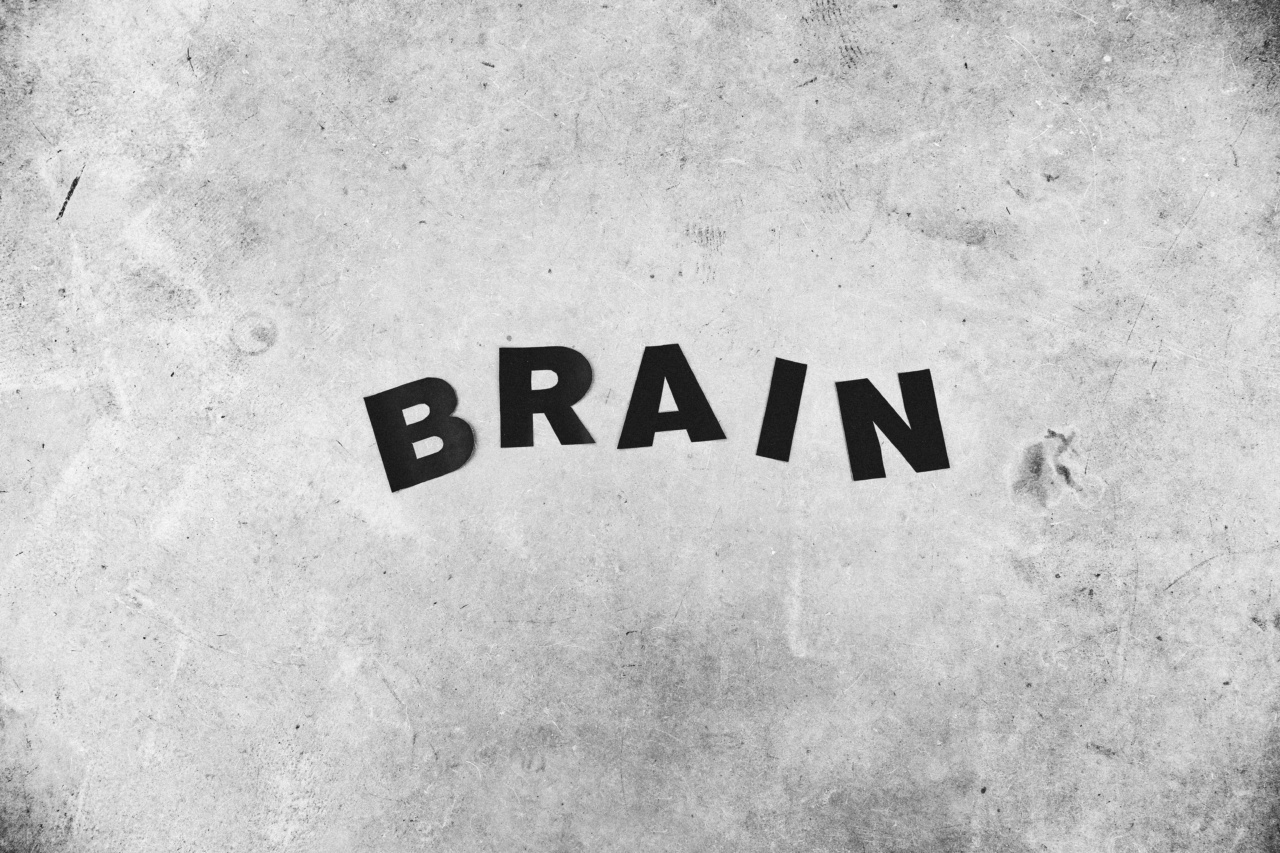Dry eye syndrome, also known as keratoconjunctivitis sicca, is a common condition that occurs when the eyes are unable to produce enough tears or when the tears evaporate too quickly.
This leads to discomfort, irritation, and even damage to the surface of the eye.
What are the Symptoms of Dry Eye?
The symptoms of dry eye can vary from person to person, but some of the most common include:.
- A gritty or scratchy sensation in the eyes
- Redness or irritation of the eyes
- Blurred vision
- Sensitivity to light
- Eye fatigue or discomfort
- Excessive tearing (as a reaction to irritation)
If left untreated, dry eye can lead to more serious complications, including inflammation, infection, and even damage to the cornea.
What Causes Dry Eye?
There are several factors that can contribute to the development of dry eye syndrome, including:.
- Aging – as we get older, our tear production decreases, which can increase the risk of dry eye
- Hormonal changes – certain fluctuations in hormones, such as those that occur during pregnancy or menopause, can affect tear production
- Environmental factors – exposure to windy or dry conditions, as well as air conditioning or heating, can cause the tears to evaporate more quickly
- Medical conditions – certain medical conditions, including rheumatoid arthritis, diabetes, and thyroid disorders, can increase the risk of dry eye
- Medications – certain medications, such as antihistamines, decongestants, and antidepressants, can cause dry eye as a side effect
How is Dry Eye Treated?
The treatment for dry eye will depend on the severity of the symptoms and the underlying cause. Some common treatments include:.
- Artificial tears – these over-the-counter eye drops can help lubricate the eyes and relieve symptoms of dry eye
- Punctal plugs – these small devices are inserted into the tear ducts to help prevent tears from draining too quickly
- Prescription medications – in some cases, prescription eye drops or oral medications may be necessary to treat dry eye
- Lifestyle changes – avoiding environmental triggers (such as wind or air conditioning) and taking regular breaks from staring at computer screens can help reduce symptoms of dry eye
- Surgery – in rare cases, surgery may be necessary to correct underlying structural issues that are contributing to dry eye
If you are experiencing symptoms of dry eye, it is important to see an eye doctor for a proper diagnosis and treatment plan.
Preventing Dry Eye
While there is no surefire way to prevent dry eye entirely, there are some things you can do to help reduce your risk of developing the condition:.
- Take frequent breaks from staring at screens, and blink regularly to help keep your eyes lubricated
- Avoid smoking and exposure to secondhand smoke
- Wear sunglasses or protective goggles in windy or sunny conditions
- Use a humidifier to add moisture to dry indoor air
- Eat a healthy diet rich in vitamins and nutrients that support eye health
By taking these steps, you can help keep your eyes healthy and reduce your risk of developing dry eye.
Conclusion
Dry eye syndrome is a common condition that can cause discomfort, irritation, and even damage to the eyes.
By understanding the symptoms, triggers, and treatments for dry eye, you can take steps to help reduce your risk of developing the condition and seek treatment if necessary. If you are experiencing symptoms of dry eye, we recommend seeing an eye doctor for a proper diagnosis and treatment plan. Remember to take care of your eyes by adopting healthy lifestyle habits and protecting them from environmental hazards.





























